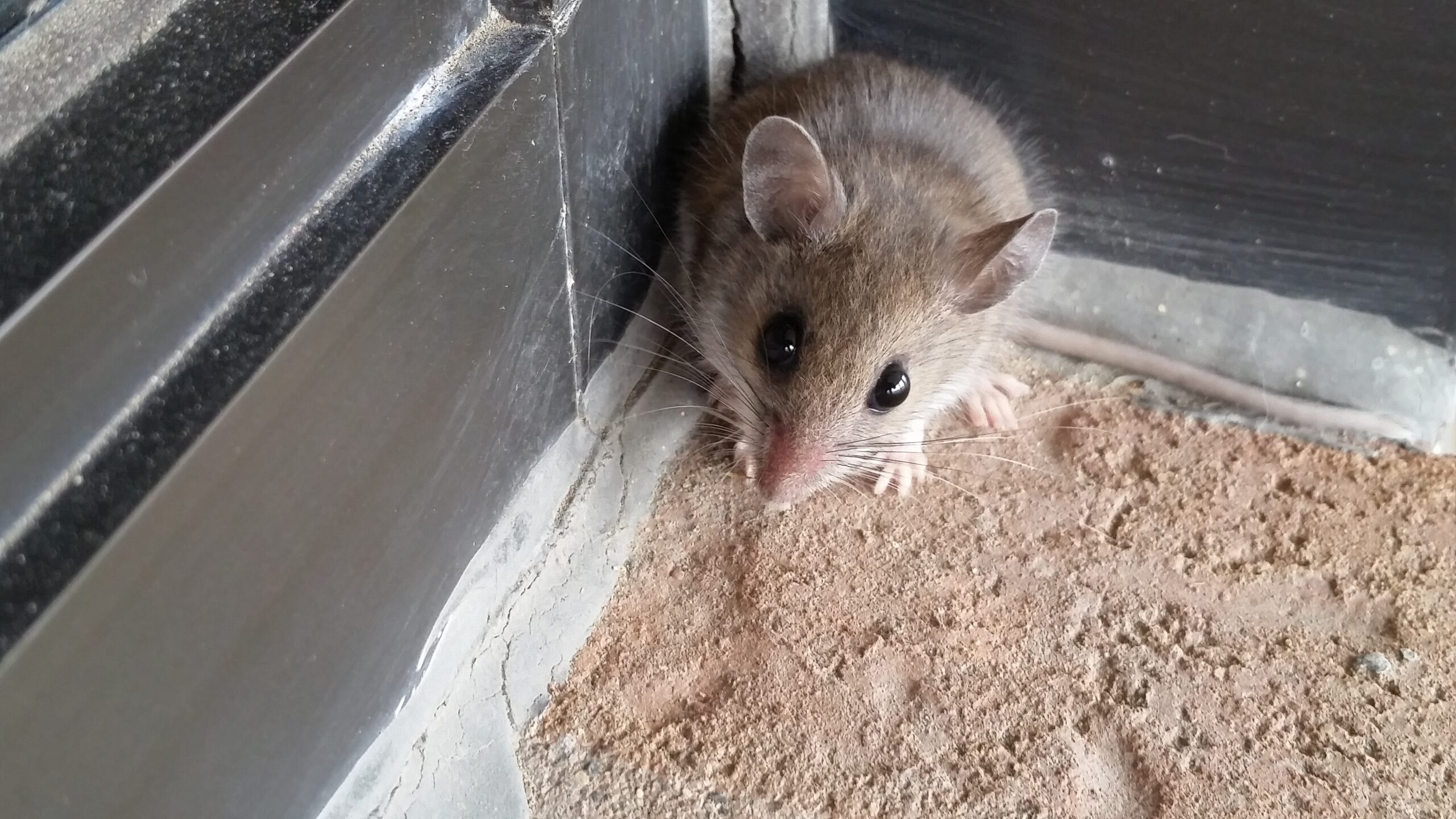As a homeowner, your thoughts may turn to winter-proofing your property once the cold weather starts to kick in. Canadian winters can bring snow and freezing temperatures, but you might not be the only one looking for a warm home until the spring. Rodents, including rats, mice and squirrels, are more than happy to share your cozy space and build nests in your attic or behind the walls.
We at Skedaddle Humane Wildlife Control in Coquitlam would like to offer you a few tips to help keep rodents outside and away from your house during the winter months.
1. Add Brush Strips to Doorways
Smaller rodents, such as mice, can squeeze through gaps between older doors and the floor even if it appears too small for them. Young mice can make their way into your dwelling through a space no thicker than an average pencil. Even larger rodents can squeeze through holes and cracks that appear much too small for their bodies. However, thanks to their flexible rib cages, most mice have little trouble inviting themselves in this way, but adding a brush strip to each of your home’s doors may block their entrance.
Most brush strips are simple to install with magnets or screws and close gaps at door thresholds without a lot of additional hardware or maintenance. They also prevent light from filtering through the crack, which can also attract rodents and encourage them to enter your residence.
2. Cover Your Firewood
Using a fireplace during the winter can help keep your house cozy, but the source of the heat, your firewood, may give rodents a jumping-off spot for entering your home. There are usually many nooks and crannies in a woodpile for mice and rats to hide, and if you store the timber on your back patio or a nearby shed, they may find their way in.
You can practice wildlife control by covering your woodpile with tough plastic sheeting and stack it on a metal palette so rats, mice and ground squirrels cannot nest in it. Consider storing your firewood in a shed where rodents cannot get to it.
3. Clear Away Brush Clutter
Offering rodents a place to nest near your home may eventually cause them to enter it. This includes outdoor clutter, such as:
- Cast-off branches
- Piles of grass clippings
- Discarded summer plants and brush debris
While some rodents, such as squirrels, live above ground in trees, brush clutter may allow them to nest in a tree close to your home, where they might access it via the roof or through a broken screen in an attic window.
You might discourage rodents from residing near your house by making yard maintenance a part of your fall cleanup plans. Rake up and dispose of grass clippings, and do not allow trimmed branches to pile up on your property.
4. Store Pet Food Properly
Rodents are not fussy about their diet and eat many different types of food, from cereal to meat to insects and, in the case of mice and rats, pet food. They can survive on a steady diet of dog or cat kibble, which is also easy for them to transport to their nests. Most rodents can chew through a pet food bag with ease, but you can discourage them by placing the kibble in a proper bin.
Many rodents have clever paws, so consider investing in plastic or metal containers with lids that screw or snap down. For additional protection, store the bins indoors and discard empty dog food bags in a dumpster or other secure trash receptacle since even crumbs can attract mice and rats.
Keeping rodents away from your home during the winter can be challenging, but our Skedaddle Wildlife Control team in Coquitlam is ready to help you protect your cozy dwelling. Contact us today for more information and assistance.



